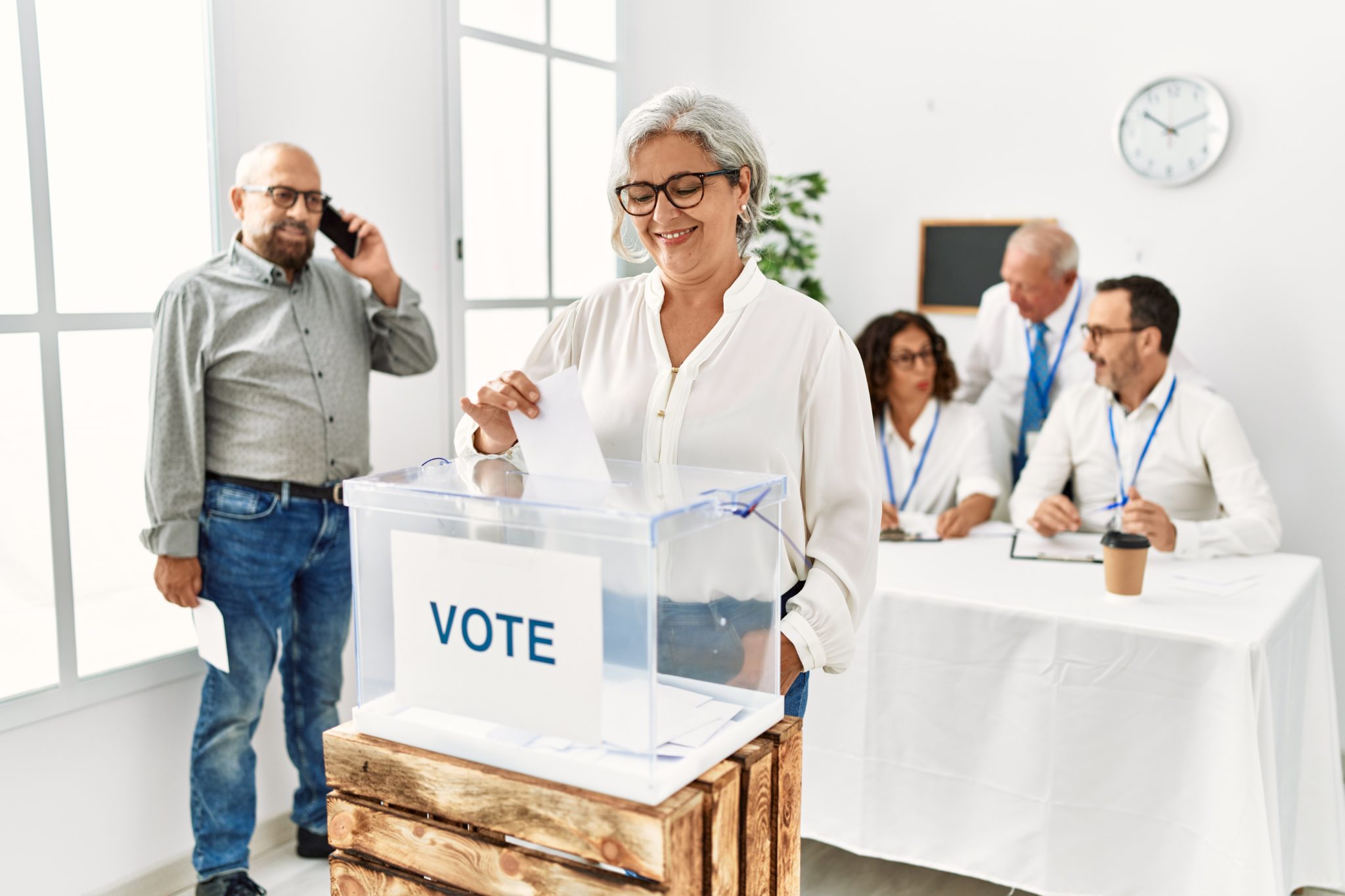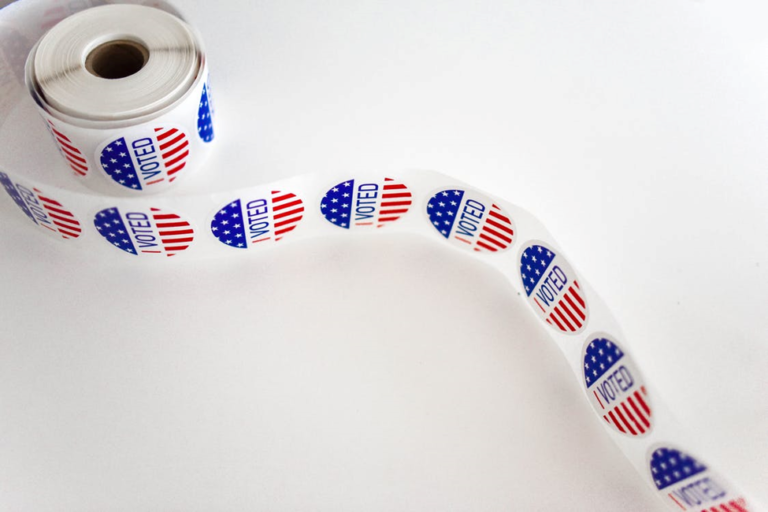Record numbers of women have entered politics since 2016, but there is still an…
What Candidates Need to Know About Women 50+

While much of life is returning to some semblance of “normal,” the economic stresses and strains that we’ve been grappling with since 2020 continue.
These challenges are particularly acute for women age 50 and over.
For example, AARP research last year found that about 40% of working women 50+ had experienced at least one job interruption during the pandemic, and, among those who were unemployed, 70% had been out of work for six months or more. It’s no wonder that women 50+ are more likely to be worried about their current financial situation than men the same age.
And these women don’t just worry. They vote.
- Women 50+ turn out at a high rate. While older women make up a quarter of the voting-age population, they cast 30% of all ballots in the 2020 election. More than eight in ten (83%) registered women 50+ voters turned out to vote, and in 2018, they were 15% more likely to vote than the population at large.
- Women 50+ are a key swing voting bloc. Women 50+ are split evenly by party (44% R – 45% D), and the February 2022 Georgetown Institute of Politics Battleground Civility poll found that 32% of voters who are ticket splitters are women over 50.
As we gear up for the 2022 elections, AARP is highlighting the concerns and priorities of this voting bloc. She’s the Difference, AARP’s research series exploring the mindsets, fears, and hopes of women 50+, recently released findings in partnership with public opinion experts from both sides of the aisle – Celinda Lake, Christine Matthews, Margie Omero, and Kristen Soltis Anderson. The key takeaways are:
- Women voters 50+ have one thing on their minds: kitchen table economics and the day-to-day experience of rising prices. Nearly half (46%) rank rising cost of living as the most important issue facing the country. Close to three quarters (72%) are concerned about their income keeping up with rising costs. And the majority (52%) say the economy is NOT working well for them personally – a big jump from before the pandemic.
- They are unimpressed with the job politicians are doing. Significant majorities give elected officials D/F grades on the issues they care about including prices rising faster than income (82%), crime (78%), and the cost of healthcare and prescription drugs (75%).
- They haven’t made up their minds about how they’ll vote in November. Only 17% of women voters age 50+ have decided who they’ll vote for, including 22% of Republicans, 14% of Democrats, and 7% of Independents.
Women 50+ will likely show up in big numbers again in November – so it is vitally important for our elected leaders and political candidates to understand how these women view the world around them, their place in it, and what they need to thrive.
If you’re interested in learning more, you can find the full survey results here.
Nancy LeaMond is AARP’s chief advocacy and engagement officer.






